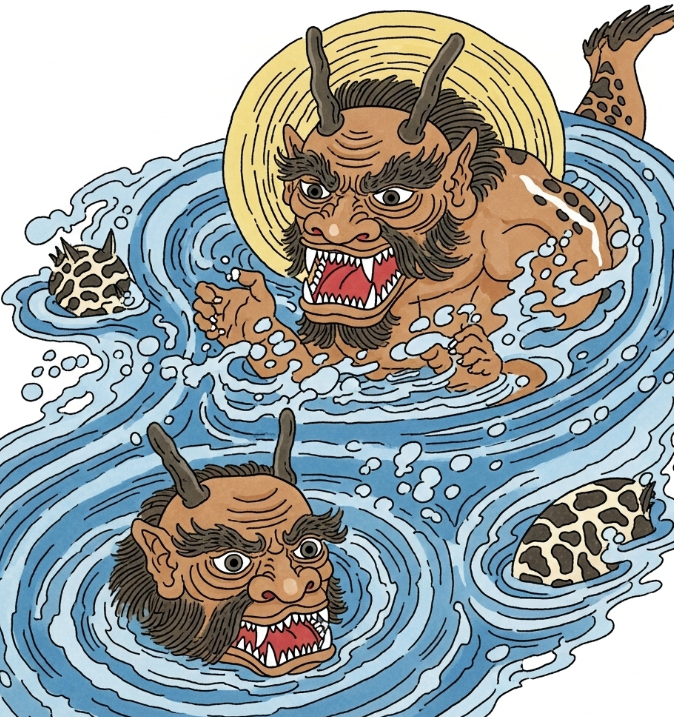Introduction
Amaterasu, the sun goddess in Shinto belief, is considered the divine ancestor of Japan’s imperial family. She embodies light, purity, and order.
Mythological Origins
According to Japanese mythology, Amaterasu was born from the left eye of the primordial deity Izanagi. She is best known for retreating into a cave after an altercation with her brother, Susanoo, plunging the world into darkness until the other deities lured her out.
Influence on Japanese Emperors
The Japanese imperial family claims direct descent from Amaterasu, reinforcing their divine right to rule. The Ise Grand Shrine, dedicated to her, remains one of Japan’s most sacred sites.
Conclusion
Amaterasu’s worship remains central to Shintoism, symbolizing the connection between divinity, nature, and the Japanese state.







